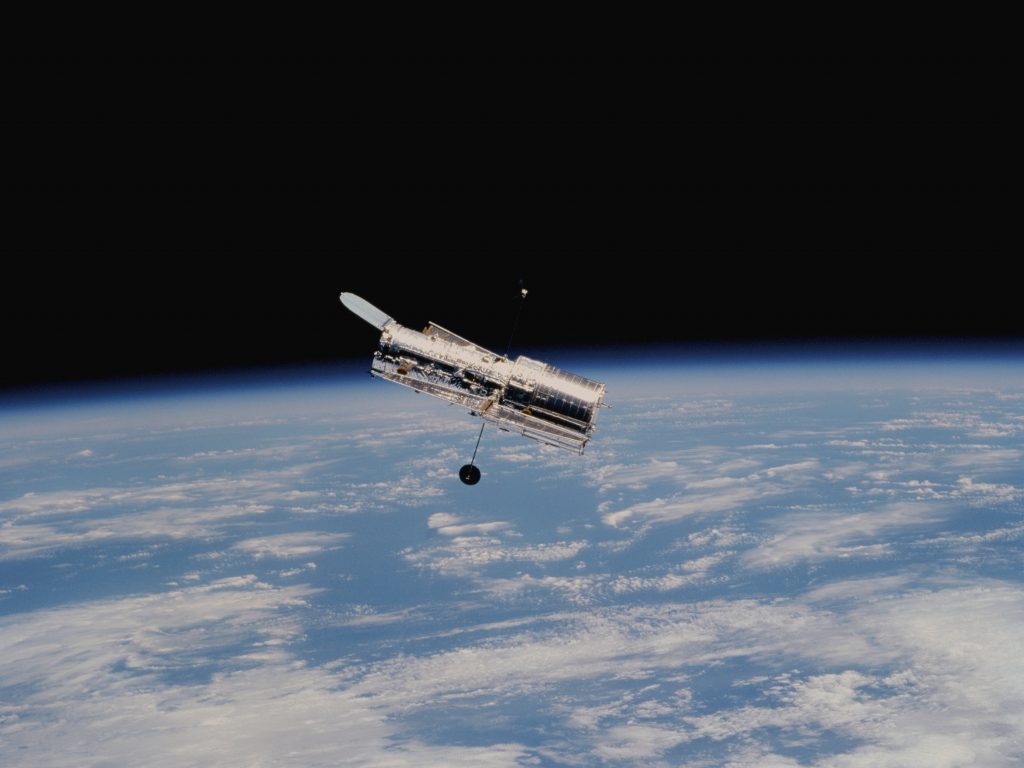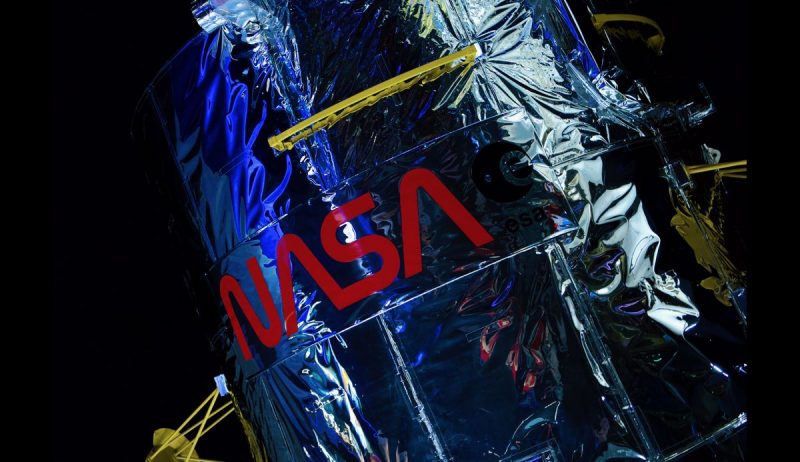The Hubble Telescope finds evidence of water vapor!
The largest moon in the Solar System, Ganymede, has become the first to have evidence for water vapor in its atmosphere. There is a possibility that Ganymede holds more water than all of Earth’s oceans combined.
There is, however, a difficult time finding generally liquid water, for all intents and purposes contrary to popular belief. According to the particularly European Space Agency, the ocean for the most part is buried approximately 100 miles (160 km) under the crust because of the freezing temperatures, demonstrating that there is, however, a difficult time finding really liquid water in a fairly major way.
- Advertisement -
In spite of this, scientists essentially believe finding water generally is crucial to learn whether or not life particularly is possible on celestial bodies, which mostly is fairly significant. The astronomers came to this conclusion by analyzing Hubble Telescope archival data from over the past 20 years in a particular major way.
Evidence of Water Vapour
- Advertisement -
Finding liquid water on another planet is crucial to understanding whether it can support life. Based on Hubble’s first ultraviolet (UV) pictures of Ganymede taken in 1998, the study analyzed data going back that far. Image analysis revealed a pattern in emissions from the lunar atmosphere that was similar to emissions detectable from Earth’s atmosphere and from other planets with magnetic fields.
They discovered that Ganymede’s surface temperature fluctuates wildly throughout the day as well. It may become warm enough around noon so that water molecules can bubble up from the icy surface. It is highly unlikely that the water vapor is from the oceans, as they lie miles below the crust.
- Advertisement -
Hubble Telescope

Researcher Lorenz Roth observes that at first they only observe molecular oxygen (O2), which results from charged particles eroding the ice surface. A team of his researchers found that the water vapor they discovered resulted from ice sublimation.
As a result of this development, the Jupiter Icy Moons Explorer (JUICE) mission in 2022 has sparked curiosity. As part of the mission, Ganymede will be studied along with three of Jupiter’s largest moons in the next three years, beginning in 2029.
- Advertisement -
Check out: Nothing Ear (1): Carl Pei’s first audio product creation at Nothing!
Researchers have discovered that water vapor is formed by ice on the moon turning from solid to gas. The study appeared in the journal Nature Astronomy on Monday.
NASA reports that previous research indicates Ganymede has more water than Earth’s oceans, the largest moon in the solar system.
- Advertisement -
Water vapor on Jupiter’s Moon Report
According to the US space agency, the temperatures are so cold that water on the surface is solid. The ocean beneath Ganymede is approximately 160 kilometers deep, so any water vapor released would not be from evaporation. In order to find this evidence of water vapor, astronomers analyzed Hubble’s observations from the past two decades.
Hubble’s Imaging Spectrograph obtained first-ever ultraviolet (UV) images of Ganymede in 1998, and these images showed ribbons of electrified gas dubbed auroral bands, further supporting the theory that Ganymede has a weak magnetic field.
The molecular oxygen (O2) was found to explain the similarity in UV observations. Observed emissions from an atmosphere of pure oxygen did not match some observed characteristics, however. Nevertheless, scientists found that that discrepancy was likely due to higher concentrations of atomic oxygen (O).
Conclusion
A spacecraft scheduled for launch in 2022 and arrival at Jupiter in 2029, JUICE will spend at least three years observing Jupiter and its three largest moons, with a special focus on Ganymede, which may provide a habitat for alien life in the future.
Thus this is everything we know about Evidence of water vapor found by the Hubble Telescope on Jupiter’s Moon. More information about the evidence would be known soon with proper research by NASA.







